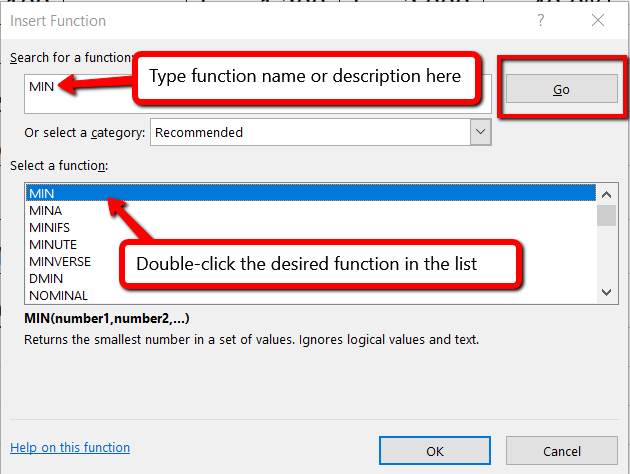
If you want to find an approximate match you will have to substitute the 0 with 1 or -1. Here, A2:C13 is the column of data I want the formula to return, "Jan" is the value I want to match, A2:A13 is the column in which the formula will find "Jan" and the 0 signifies that I want the formula to find an exact match for the value.

In the example above, I wanted to look up the number of views in January. That returns the coordinates of the data as a number. So when you combine these two functions, they can pinpoint the data reference and search for a value in a single dimension array. The INDEX and MATCH, when used together, can overcome the VLOOKUP's limitations of delivering the wrong results (if you are not careful). Much like the VLOOKUP function, the INDEX and MATCH function come in handy for searching specific data based on an input value. So if you've got your data arranged in rows, you'll first need to transpose the rows into columns.įormula: =VLOOKUP( lookup_value, table_array, col_index_num, ) 4.

The only downside of using this function is that it only works with data that has been arranged into columns, hence the name - vertical lookup. Here, "Jun" is the lookup value, A2:C13 is the table array in which I'm looking for "Jun" and 3 is the number of the column in which the formula will find the corresponding views for June. For that, I used the formula =VLOOKUP("Jun", A2:C13, 3) in the cell G4 and I got 74992 as the result. In the example above, I wanted to look up the number of views in a particular month. If you set the range to FALSE, it'll look for an exact match, but if you set it to TRUE, it'll look for an approximate match. The function offers two modes of matching - exact and approximate, which is controlled by the range of the lookup. You can use it to match data from a table with an input value. =VLOOKUP is probably one of the most recognizable functions for anyone familiar with data analysis. For this, I made use of the formula =LEN(C2) in the cell D2 to get 5 as the result. In the example above, I wanted to count the figures for the number of views I was getting each month. It can also be useful when you're trying to find out the differences between different unique identifiers which are often quite lengthy and not in the correct order. The function is predominantly usable while creating title tags or descriptions that have a character limit. =LEN is another handy function for data analysis that essentially outputs the number of characters in any given cell. For that, I have used the formula =CONCATENATE(A2, B2) in the cell C2 to get Jan$700 as the result.įormula: =CONCATENATE( cells you want to combine) 2.

In the example above, I wanted the month and sales together in a single column.

For instance, it comes handy for creating the tracking parameters for marketing campaigns, build API queries, add text to a number format, and several other things. The function is particularly useful for combining data from different cells into a single cell. =CONCATENATE is one of the most crucial functions for data analysis as it allows you to combine text, numbers, dates, etc.


 0 kommentar(er)
0 kommentar(er)
